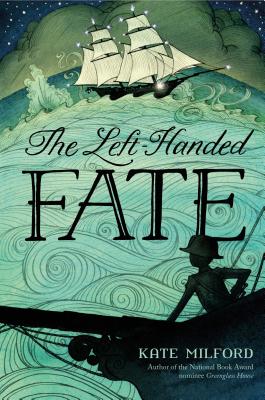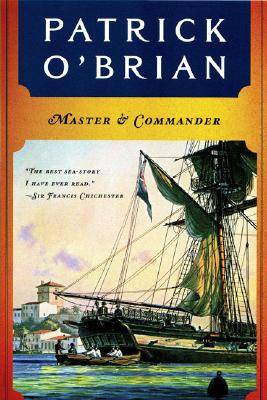 Boy, oh boy. The last time I updated this site was far, far too long ago. But it’s time to dust things off and get to blogging, because as I’m writing this, we are a mere 81 days from Pub Day for The Left-Handed Fate. I have so much to tell you guys.
Boy, oh boy. The last time I updated this site was far, far too long ago. But it’s time to dust things off and get to blogging, because as I’m writing this, we are a mere 81 days from Pub Day for The Left-Handed Fate. I have so much to tell you guys.
In the next not-quite-three-months, we’ll have loads of cool LHF-related trivia and a few contests and giveaways, so keep checking back. (I’ve made some promises to my publisher on this score, so between now and late August, anyway, I am actually going to have to follow through and actually write stuff here.) But for today, let’s talk origins.
Whenever I go to visit schools, and often when I’m at bookstores and libraries too, someone asks something along the lines of, “Where do you get your ideas?” Ideas, of course, come from all around, and I can give lots of different and equally true answers to this question. The way I usually answer it is to admit that a high percentage of my best ideas, the ones that spark whole new books or solve serious story problems, actually come from my husband.
Nathan is, thank God, not a writer. (Or at least, not yet, although I suspect he’s got at least one book in him that will eventually surface.) Therefore, rather than doing what I do and hoarding every idea he gets in a notebook, certain it will eventually be the missing piece to a story he’s had kicking around in his head for however long, he sends them to me. Most often he does this by sharing links to articles he knows I’ll enjoy or might find useful, but sometimes he’s less subtle. The Left-Handed Fate arose from one of those less-subtle times. Nathan badly wanted me to read Patrick O’Brian’s Aubrey/Maturin series, which he’d loved. I read the first one under duress, mostly to get him off my back. But that was all it took to get me addicted to the adventures of Captain John Aubrey of the Royal Navy and Stephen Maturin, naturalist, ship’s doctor, and spy.
 Guys, these books are so good. Seriously, so good. They’re exciting and funny and full of amazing dialogue and historical detail and the friendship of the two main characters, which begins with an almost-duel and continues through their adulthoods into middle age, is phenomenal. And did I mention they’re funny? They’re hilarious. (For the record, Nathan likes Horatio Hornblower better, but I never quite fell in love with him the way I fell in love with Jack and Stephen.)
Guys, these books are so good. Seriously, so good. They’re exciting and funny and full of amazing dialogue and historical detail and the friendship of the two main characters, which begins with an almost-duel and continues through their adulthoods into middle age, is phenomenal. And did I mention they’re funny? They’re hilarious. (For the record, Nathan likes Horatio Hornblower better, but I never quite fell in love with him the way I fell in love with Jack and Stephen.)
At some point as I was devouring the twenty-book series for the first time (I’ve read the whole thing twice, but I’ve never been able to bring myself to read the last, unfinished book, 21), Nathan pointed out that since kids routinely went to sea at young ages at that point in history—and could even wind up actually commanding vessels, at least temporarily—a fighting ship during the Napoleonic Wars would be a perfect setting for a middle grade novel. I recall not being instantly excited by this idea, until suddenly I was. I can’t remember what the trigger was, but something clicked and I had the first inklings of what story I could maybe tell. And then it was off to the races.
I recently found the page of notes where I was working out the name of the ship at the heart of the book, which I was pretty sure was also going to wind up being the title. It was one of my first entry points to the story. I hadn’t worked out who the characters were or what was going to happen, but I had ideas about the ship. So perhaps this is where I’ll leave you today, with those first notes and the ship herself. Oh, and this link, where you can preorder signed copies from McNally Jackson Books.
Welcome to The Left-Handed Fate. I can’t wait to share her story with you.